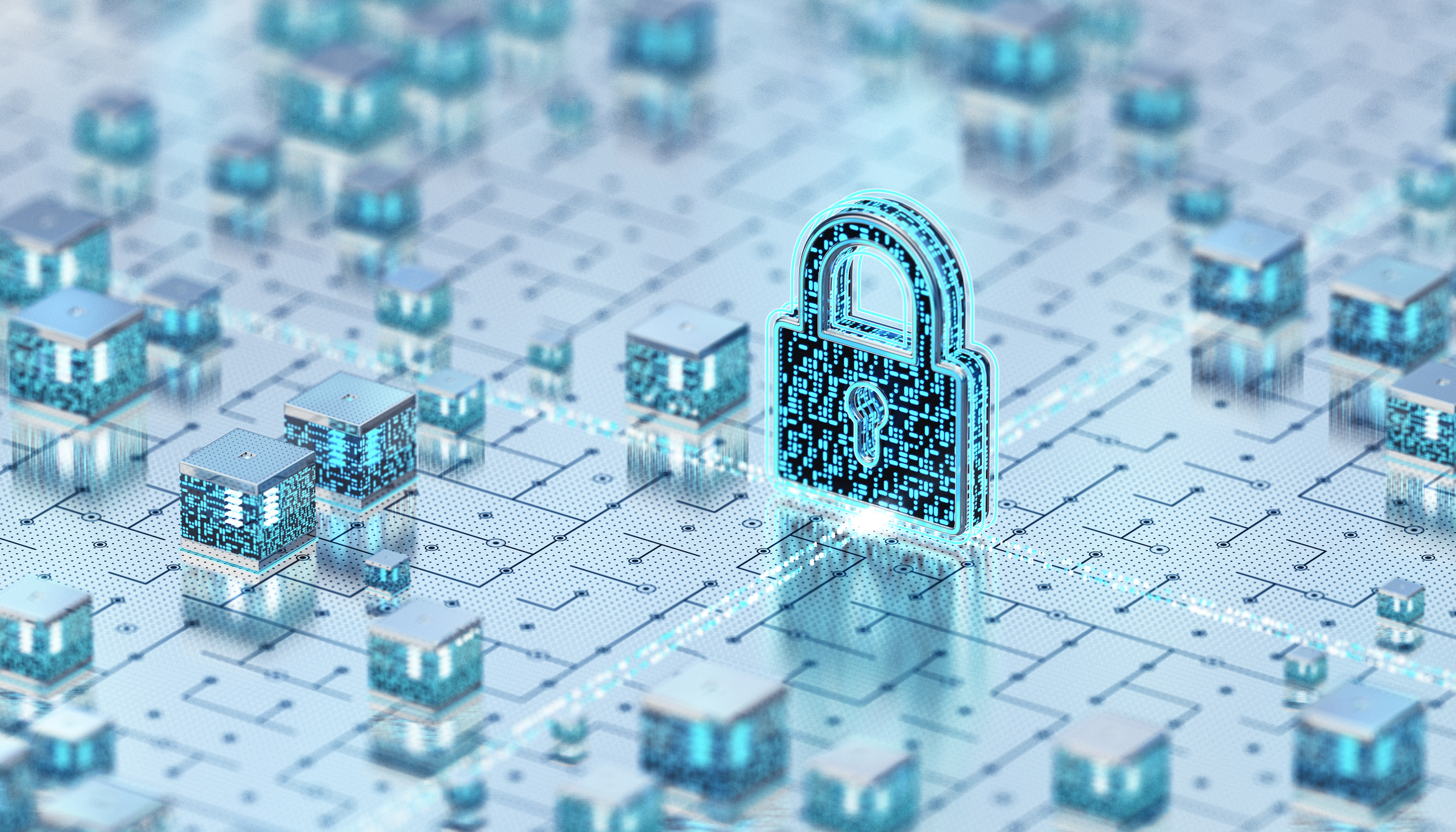
As the reliance on internet-connected devices and services continues to grow, so too does the risk of distributed denial of service (DDoS) attacks, one of the biggest cyber threats. Enterprise DDoS protection is a vital consideration for any business that relies on resources connected to the Internet.
The threat of attacks is definitely on the rise, DDoS attacks increased by almost a third during the 1st three quarters of 2021, and then skyrocketed in Q4 with an increase of 75%.
What Is DDoS and How Does It Work?
A DDoS attack is a cyber threat that seeks to make a machine or network unavailable by overwhelming it with traffic from multiple entities. From a high level, a DDoS attack is like an unexpected traffic gridlock clogging up the highway, preventing regular traffic from arriving at its planned destination.
For an attacker to launch a DDoS attack against a victim, they must first gain access to one or more systems. These systems often consist of numerous compromised third-party devices that the attacker has gained direct ability to control. This web of Internet-connected devices, commonly referred to as a “Botnet”, will then be used to send requests to a target machine or network. In many cases, volumetric attacks are utilized to flood and overwhelm the victim and thus causing their resources to become unavailable. These actions can take a business offline, cause grave corporate financial consequences, and severely damage a reputation due to slow response intervals.
There are many reasons why an enterprise business might be vulnerable to a DDoS attack, but a common cause is often because the entity’s infrastructure is not designed to handle large volumes of unexpected traffic. This if often in tandem with the realization that the proper protection measures had not been proactively deployed.
How to Identify a DDoS Attack?
Understanding symptoms of a DDoS attack and monitoring your network will save valuable time and put your organization in the best possible position to reduce the impact of malicious behavior. The most obvious sign of a DDoS attack is when your site or service suddenly becomes slow. Since other events could potentially create similar performance issues, further investigation typically needs to take place to validate the exact cause of the issue. Below are common high level warning signs and indicators to help identify a potential DDoS attack:
- Increases in average response/request time of a device/network
- Volatility in page views or hits
- Bulk traffic from a single location, IP address, or IP range
- An abnormally high number of single-page requests
- A sudden decrease in website performance or availability
Preventative Measures You Can Take Against an Attack
Create a Distributed Denial of Service Response Plan
A DDoS response plan is a document that outlines the steps an organization will take in the event of a DDoS attack. The plan should include contact information for key personnel, procedures for identifying and mitigating an attack, and a communication strategy for notifying customers, employees, and other stakeholders.
Validate Firewalls and Intrusion Detection Systems
Ensure firewalls and intrusion detection systems are in place, updated, and properly configured to help protect your network from being compromised. However it is important to note, these are surface level methods of protection and not intended to be a comprehensive solution to mitigate DDoS attacks.
Leverage Specialized DDoS Hardware and Software
It is vitally important to deploy an anti-DDoS solution that includes hardware and software that specifically was designed to work in tandem with each other to successfully protect and mitigate attacks. Equally imperative, these solutions are only effective if properly installed and set-up by knowledgeable personnel.
Choosing a DDoS Protection Provider
When choosing a DDoS protection provider, there are many questions to ask. A few examples are:
- What types of protection are offered and how will it meet your specific needs?
- How much experience does the provider have working with DDoS attacks?
- What kind of support is offered?
- How scalable is the protection?
- What are the fees involved and how is the billing structured?
Enterprise DDoS Protection FAQs
What is DDoS Scrubbing?
Scrubbing involves redirecting potentially harmful traffic through specialized resources that identify clean vs malicious traffic and allows only the clean traffic to be delivered to its destination.
How often do these attacks happen?
The frequency and size of DDoS attacks are unfortunately on the rise. Every minute of every day, there is a real-time DDoS attack happening somewhere.
Is DDoS protection necessary?
DDoS attacks can have a devastating effect on businesses of all sizes, it’s a network security threat that cannot be ignored. That is why it is important to have a robust DDoS protection plan.
Do Not Let Your Business Fall Victim to a DDoS Attack
Do not wait until it is too late, plan early and be prepared. Learn more about how Unite Private Networks can help combat and ensure your DDoS needs are met by clicking HERE.
For more information about our fiber network or cities we cater to, take a look at our fiber map.
